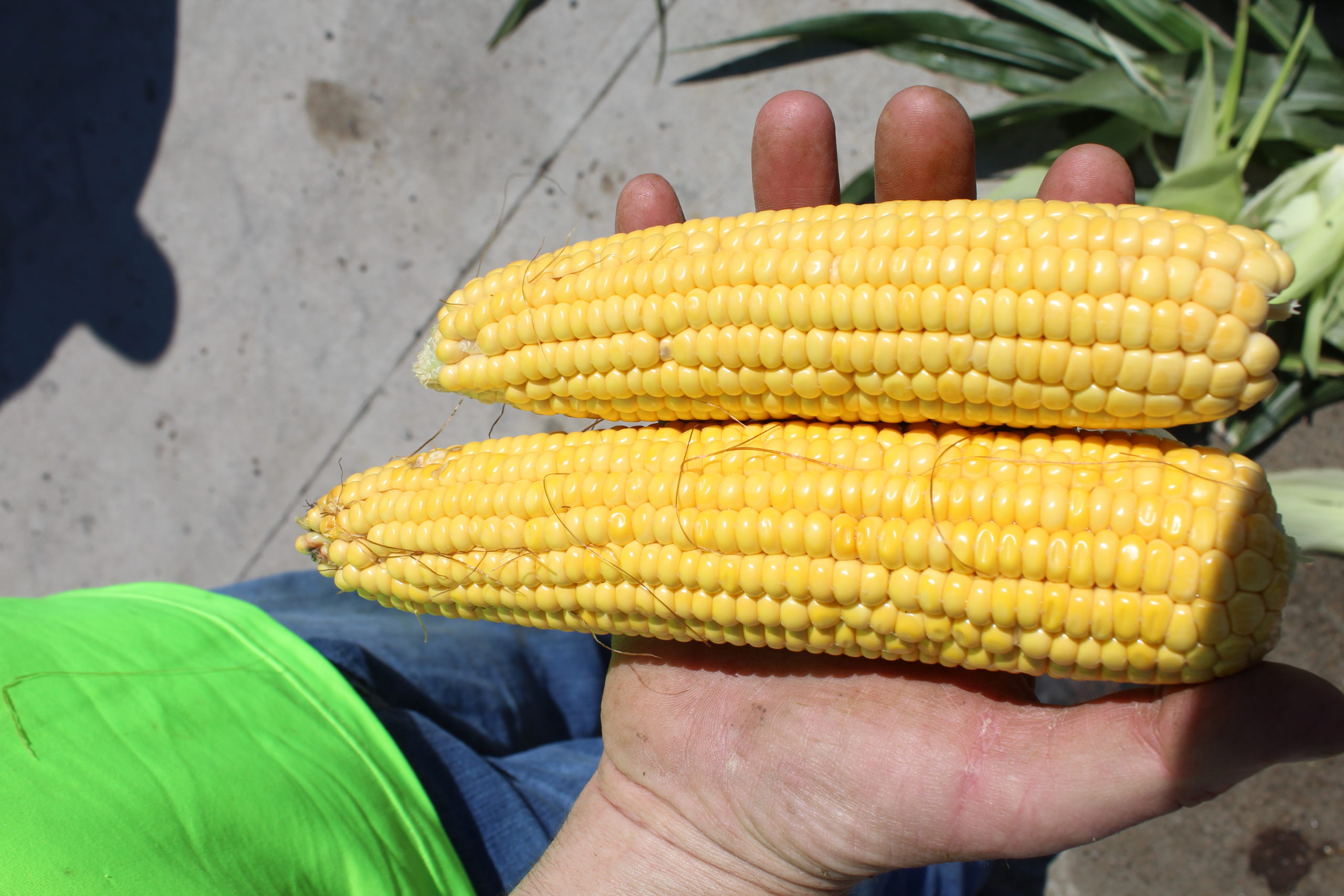4 Tips for Choosing the Optimal Mycorrhizal Inoculant

4 Tips for Choosing the Optimal Mycorrhizal Inoculant
by Danny Levy, as recently shared with CropLife
Since the reintroduction of microbials in the early 2000s, farmers worldwide have been exploring the potential of microbial inoculants as a “natural crop insurance” to help increase yield and improve soil health in a sustainable manner. In the last few years, bioagriculture innovation has helped farmers maximize nutrient uptake while enhancing plants’ stress resistance to help achieve a “double bottom line” of both profit and sustainability.
In May 2021, Research and Markets updated its growth projections for the agricultural biologicals market at a compound annual growth rate (CAGR) of 11.02% between 2021-2026 to reach a market size of US$19.6 billion in 2026.
The market now consists of many products with a variety of formulations and ingredients – often making it difficult to compare the efficacy and ROI of available options.
After 30-years of research and development, key production challenges have been solved by Groundwork BioAg and mycorrhizal inoculants are penetrating mainstream agriculture. Today, growers can choose the right inoculant for their operations knowing that the benefits of mycorrhizae are cumulative beyond a single crop or season.
Here are tips for choosing the optimal mycorrhizal inoculant:
- Know your Soil: The right microbial can balance out chemical overuse, strengthen stressed plants and restore soil fertility. Insight into what your soil lacks will help further define your need. For example, mycorrhizal inoculants are essential to maximize phosphorus uptake and save on fertilizer.
- Concentration is Key: Product labels often include concentration in terms of spores or propagules per gram. A propagule is a structural unit of fungus that forms symbiosis with plant roots. Spores, however, are simply one type of propagule. Propagules can include spores, hyphae and inoculated root fragments. Whether in terms of propagules or spores, the best indication of inoculant potency is the concentration – the number of propagules or spores per gram of mycorrhizal species relevant for specific crops. Some products on the shelf offer 5-10 spores per gram, while only a few have achieved a concentration of thousands per gram or more. To ensure that an inoculant’s potency aligns with expectations, the concentration count must be clear, accurate and high.
- Beware of Misleading Labels: Not all mycorrhizae are created equally. Some list “mycorrhiza” on their labels while barely containing any or the right kind of the fungi in the product. Of the two relevant types of mycorrhizae – endo– and ecto-mycorrhizae – ecto-mycorrhizae associates with woody plants (trees and bushes) and offers no value for other crops. For row crops, only endo-mycorrhizae are beneficial, therefore that is the most important ingredient on the label.
- Mycorrhizae Should be User-Friendly: Many mycorrhizal inoculants are formulated to be used in conjunction with specific usage techniques and methodologies, such as drip irrigation or seed boxes. A quality mycorrhizal inoculant should allow for a range of application methods that allow for farmers to maintain their cultivation practices for each acre with the strongest concentration of mycorrhizal propagules per gram.
Read the full article here.

